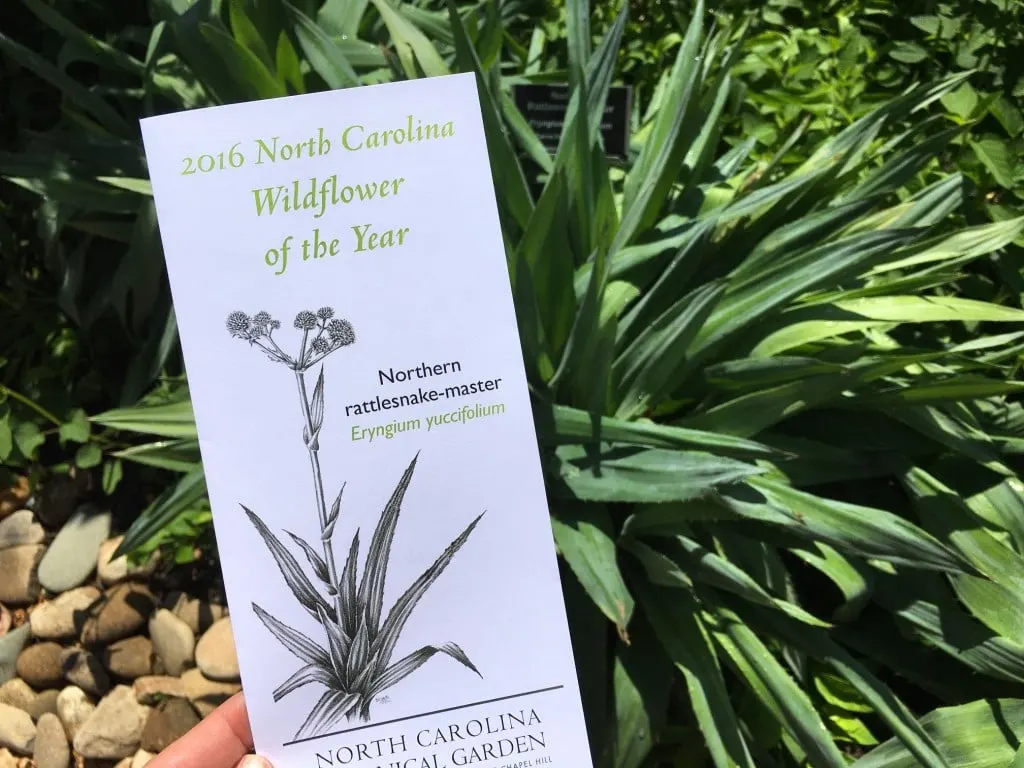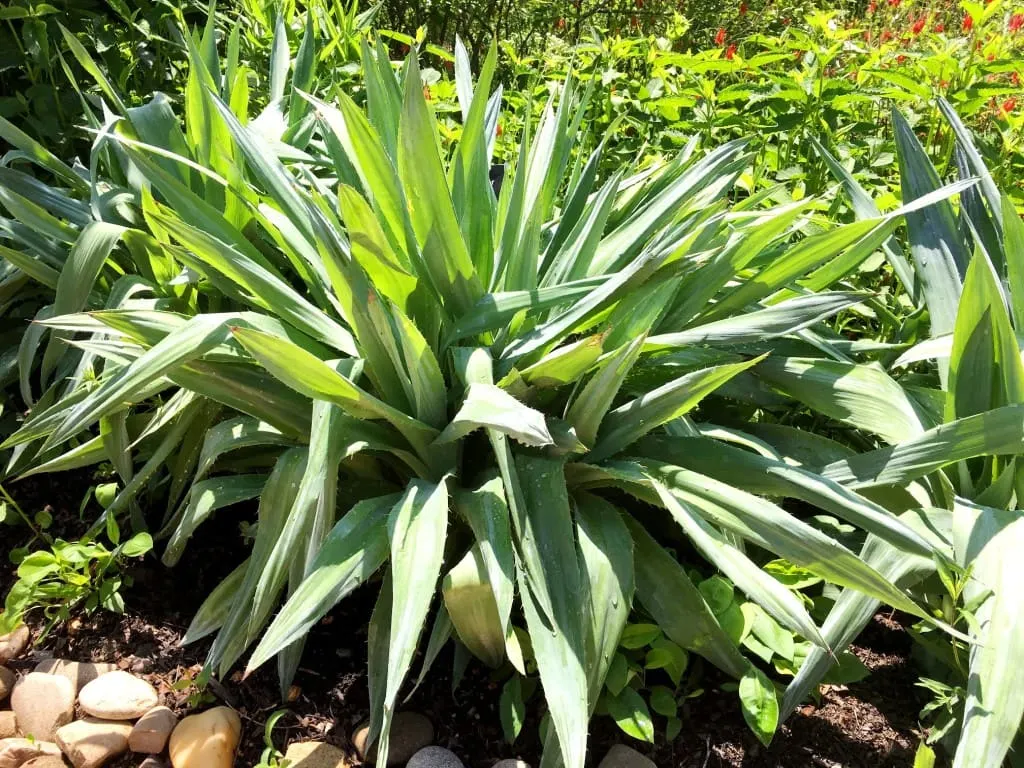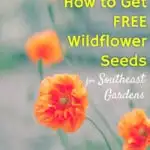The Garden Club of North Carolina, in conjunction with the North Carolina Botanical Garden, picks a native perennial each year to showcase and give away free seeds.
For 2022, the perennial of the year is Downy Woodmint. Similar to bee balm, it attracts bees and butterflies!
Keep reading to see how anyone in the Southeast can get these free seeds!
Related: The Best U-Pick Flower Farms Near Asheville
North Carolina Wildflower of the Year
We found out about this excellent native gardening program during a 3 day weekend in Chapel Hill, where we visited the North Carolina Botanical Garden on the UNC Chapel Hill campus.
While perusing some of the pamphlets that they were giving out, we came upon a pamphlet of the North Carolina Wildflower of the Year. We were even more surprised when we found free seeds inside!


The Garden Club of North Carolina, along with the North Carolina Botanical Garden, promotes the use of native plantings in home gardens.
Native flowers and plants are adapted to the local region. So they require less water and fertilizer and using less pesticides. It’s a win-win for everyone.
They choose a flower based on its native characteristics – and also how viable it is to get thousands of seeds for distribution to the public.
Related Posts:
- Flying Cloud U-Pick Farm in Asheville
- Honeysuckle Tea House and Apothecary in Chapel Hill
- 10 Tips for Visiting Keukenhof Gardens
How to Get Free Seeds in North Carolina
You can pick up a free seed packet at the Allen Center at the North Carolina Botanical Garden.
If you’re not visiting the North Carolina Botanical Garden, you can still get seeds via the mail. Send a SASE to the address listed on their website.
More Ways to Get Free Seeds
North Carolina’s Daniel Boone Native Gardens offers a seed swap box.
Alt National Park Service gives away a free pack of either Black Eyed Susans or Butterfly Weed.
Native American communities in the Southwest can get packs of free seeds through Native Seeds Search.
If you’re looking for more than just a seed pack, consider buying native seeds in bulk. I recently found a seed pack with over 100,000 seeds for less than $10.



Abby
Sunday 30th of May 2021
What is that purple yellow flower? I see it here in ohio and I’m curious.
Kim Button
Wednesday 2nd of June 2021
Hmmmmm. I don't see a purple yellow flower in the pictures.
Juanita wood
Monday 18th of May 2020
I am interested in getting some of the free seeds that are being given away. I have lots of room for planning what ever you may have. I was very enlightened to hear about the rattle snake plant the native Americans used. Thank you for your assistance.